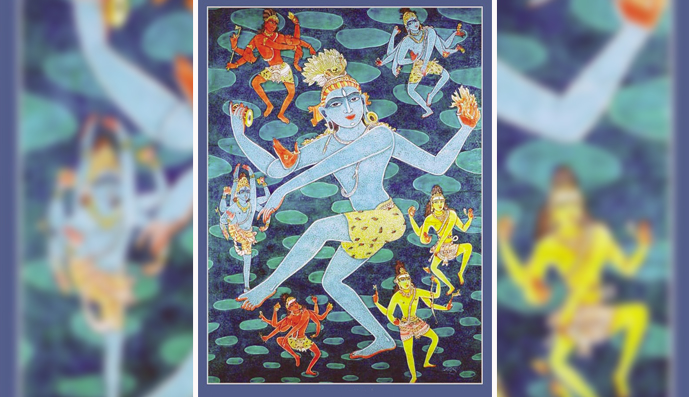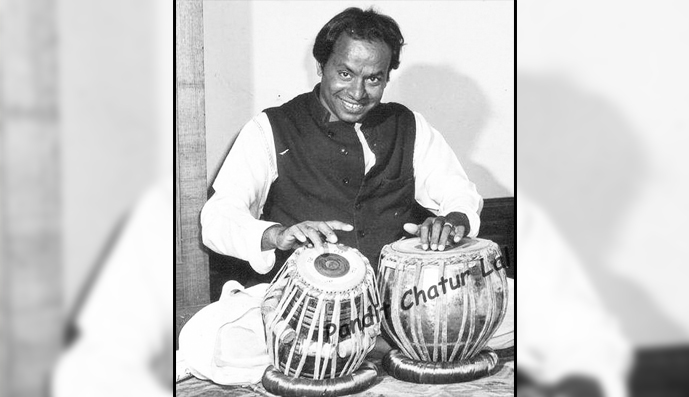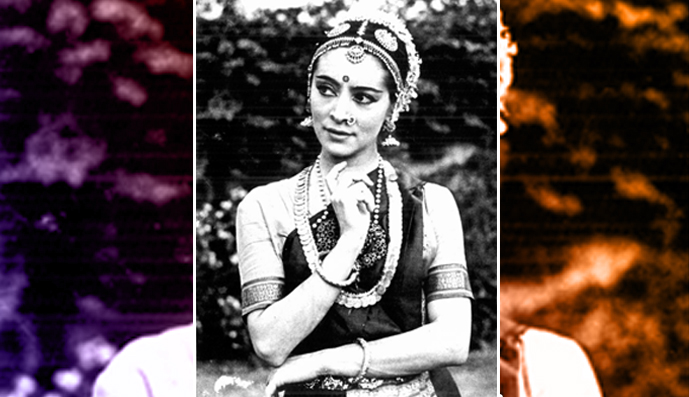One of the most popular musicians of our times, Rajan Misra, elder of the singing duo of the Misra brothers from Banaras, tragically passed away on 25 April 2021 due to Covid complications. Not yet 70, his passing is very untimely and a huge loss to the world of classical music. Representatives of the Banaras gharana, the rise of the Misra brothers in popularity as khayalias par excellence was quite unprecedented; given that the gharana has been better known in recent times for its thumri and dadra singers. The entire region has been associated with all forms of music and dance for several hundreds of years, with some outstanding iconic practitioners including Bindadin Maharaj (Birju Maharaj’s forbear), Rasoolan Bai and Siddheshwari Devi for thumris, Kanthe Maharaj (uncle and guru of Kishan Maharaj) and khayal doyen Bade Ramdasji (Rajan Misra’s dada guru). In fact, Banaras is unique in that it has its own music, dance as well as tabla gharanas.
The ananda tandava of Nataraja is the pancha kritya dance or the dance of the five activities. It, therefore, can be called the ‘summum bonum’ dance. However, the Lord also performs separate dances for each activity; put together, the separate dances and the summum bonum dance total to seven in number. Why and how do we arrive at this number? Creation – one, Protection – two, Destruction – one, Veiling – one, Salvation – one, Combination of all five / Summum bonum – one; the total is seven.
In our times, the centres of music in north India are taken to be in Maharashtra, Bengal and some parts of Uttar Pradesh/Bihar. But an equally vibrant, often ignored, rich musical region is that of Rajasthan which has, arguably, the strongest folk music tradition in north India. The erstwhile states of Udaipur and Jaipur are better known for nurturing classical music; but even smaller states like Kishangarh have had a glorious musical tradition. One family from Udaipur that attained fame was that of ‘Pandit’ Chatur Lal, the tabla maestro of an earlier age. It was a family of land owners; Chatur Lal’s father used to play the dilruba as a hobby, but such was the power of his passion for music, that both his sons became path-breaking musicians.
From very early in her life, Myrta Barvie had two desires—to be a dancer and to know India. With the passing of time the two purposes came together in the most harmonious way. She began to study classical dances at the age of eight, and at fourteen she joined the ballet at the Colon Theater in Buenos Aires; all the while she read a lot about Indian saints and philosophers.
CONTENTS
6 Readers write
8 News & notes
12 Birthday calendar
14 Rajan-Sajan Misra
22 The Vision of Siva-Nataraja and
the Sapta tandava
32 Profile v Chatur Lal
v Myrta Barvie
38 Tribute v Jacques
D’Amboise
42 From the Editor
Front
Cover: Rajan-Sajan Misra
No.
441






